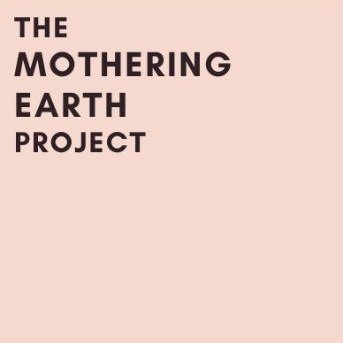Getting Started with Zero Waste
Zero Waste 101
What is zero waste?
When people think of zero waste, they often think of a tiny mason jar that contains a year’s worth of trash. However, this imagery is misleading, as is the term itself. There are two fields of thought that zero waste tends to fall into, with the first being a more limited term:
01 | Zero Waste to Landfill
Limiting what goes in the trash by refusing, reducing, reusing, recycling, and composting. It does not mean your trash has to fit in a mason jar.
02 | Zero Waste of Resources
Conservation of all resources from the start of a product’s life through to its “disposal” without being a threat to the air, water, land, ecosystems or our health.
Zero waste of resources encompasses zero waste to the landfill. However, zero waste to the landfill does not take into account wasted resources that occur other than the disposal of the item. When reducing waste, how much trash goes into your bin shouldn’t be the only guide. It’s also about looking at where products come from, how they were made, who made them, what materials they’re made out of, their durability/lifespan, and how they can be disposed of that the end of their life.
Zero waste is an ideal
It is important to note that the zero in zero waste is not completely possible. We live in a world where we create waste. Even when we create very little trash, our daily actions create indirect waste elsewhere. For example, if you shop in the bulk bin section of the grocery store, you may leave with no packaging waste, but the grocery store created some waste (packaging, shipping, etc.) in order for you to receive your food. It is less overall than if you had purchased food in individual packages, but yet, some waste will still be produced indirectly. The same can be said for buying secondhand. You may order a secondhand costume for your child for Halloween online. It may come shipped in a mailer. Although the overall footprint of buying secondhand is significantly less than if you’d purchased a brand new costume, there may be that little bit of waste from the box it was sent in and the shipping (fuel) it took to get to you. Your bulk bin shopping and secondhand purchases may not put you at zero in zero waste, but it is a huge reduction in waste by being selective in how and where you buy things. I want to be clear that zero waste is a goal - not a target. It is a guiding principle that can be applied to the way one lives their life.
Why isn’t recycling enough?
We are in a recycling crisis. China is no longer taking our recycling (they were receiving 40% of the United State’s recycling). And how sustainable was shipping our recycling across the world anyways? Even when recycling does get processed, recycling contamination is a major issue. The best solution? Create less waste and reuse what you consume. Recycling is important but it is not the answer.
What should I do first?
A good place to start is to do a trash and recycling audit. Before you take your bins to the curb this week, take a minute and look at what’s actually in there. Do you have a lot of food packaging? Takeout containers? Single-use kitchen disposables like plastic wrap? Food scraps? Bathroom trash like toiletry bottles, floss, and tampon wrappers? Make a list. This will help you start to notice where you are generating the most waste - and will give you a place to start! Pick 4-5 tangible things to swap out for sustainable options. Once you feel like you’ve got those down, add more. Just remember, you don't have to be perfect. You just have to begin.

